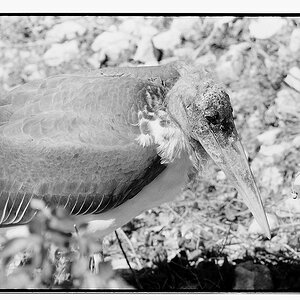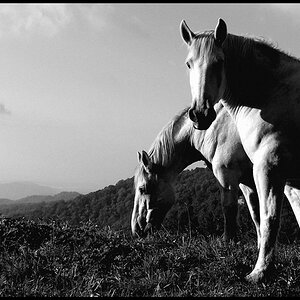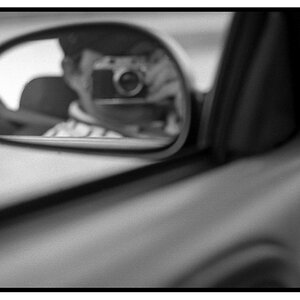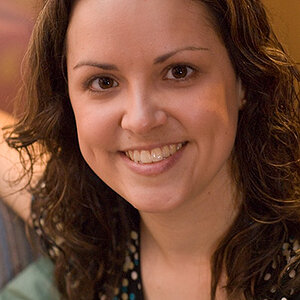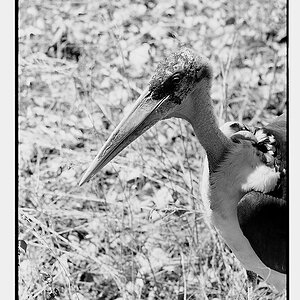- Joined
- May 1, 2008
- Messages
- 25,422
- Reaction score
- 5,001
- Location
- UK - England
- Website
- www.deviantart.com
- Can others edit my Photos
- Photos OK to edit
Just an observation I've made based on my views of others and also of myself when one approaches photography from a less artistic background and starts to first learn about composition and art within the photographic area and not just focusing on the technical side of exposures. I thought it would be worth to air this view and get some discussion going on the learning side of things, specifically toward the artistic side (esp since we oft overly focus on the technical side).
1) The "blind" stage - you generally know what you like and what you don't like, but you don't always know why nor even question. You might or might not also have much breadth or depth in what you've looked at, this results in you having more lax standards than those with more experience.
2) The why stage - you start to question why it is that you like certain photos against other ones. Compositionally this is where many start to learn of "the rules" of composition - such as the good old rule of 3rds.
3) The rule stage - you start to become a bit more selective, a bit more refined as you're looking at more and more photos - your criteria will oft start to become more stringent. This is however a tricky stage as you can fall into a bad trap of viewing within the rules alone and quickly dismissing photos that do not follow the rules (remembering that most only know one, maybe two "rules" to work with). This can be a big pitfall for many as they restrict their vision to only the "rules" and also being easily dismissive of photos which either break or use different rules.
In essence this is where many try to like photos purely based upon the rules first and not upon their own taste, feeling that if a photo follows the rules it must be "correct" to like - and vis-versa that if it does not follow the rules one should not like the photo.
4) The whole stage - this is where one learns to step back from the rules, in essence to return to the first stage of first liking a photo and then coming to understand the reasoning behind it; this is often learning to step back and view the photo as a whole not as a resulting assembly of "rules". This is where many learn both a wider breadth of "rules" but also where they start to respect when its important to "break" these rules.
1) The "blind" stage - you generally know what you like and what you don't like, but you don't always know why nor even question. You might or might not also have much breadth or depth in what you've looked at, this results in you having more lax standards than those with more experience.
2) The why stage - you start to question why it is that you like certain photos against other ones. Compositionally this is where many start to learn of "the rules" of composition - such as the good old rule of 3rds.
3) The rule stage - you start to become a bit more selective, a bit more refined as you're looking at more and more photos - your criteria will oft start to become more stringent. This is however a tricky stage as you can fall into a bad trap of viewing within the rules alone and quickly dismissing photos that do not follow the rules (remembering that most only know one, maybe two "rules" to work with). This can be a big pitfall for many as they restrict their vision to only the "rules" and also being easily dismissive of photos which either break or use different rules.
In essence this is where many try to like photos purely based upon the rules first and not upon their own taste, feeling that if a photo follows the rules it must be "correct" to like - and vis-versa that if it does not follow the rules one should not like the photo.
4) The whole stage - this is where one learns to step back from the rules, in essence to return to the first stage of first liking a photo and then coming to understand the reasoning behind it; this is often learning to step back and view the photo as a whole not as a resulting assembly of "rules". This is where many learn both a wider breadth of "rules" but also where they start to respect when its important to "break" these rules.
Last edited:



